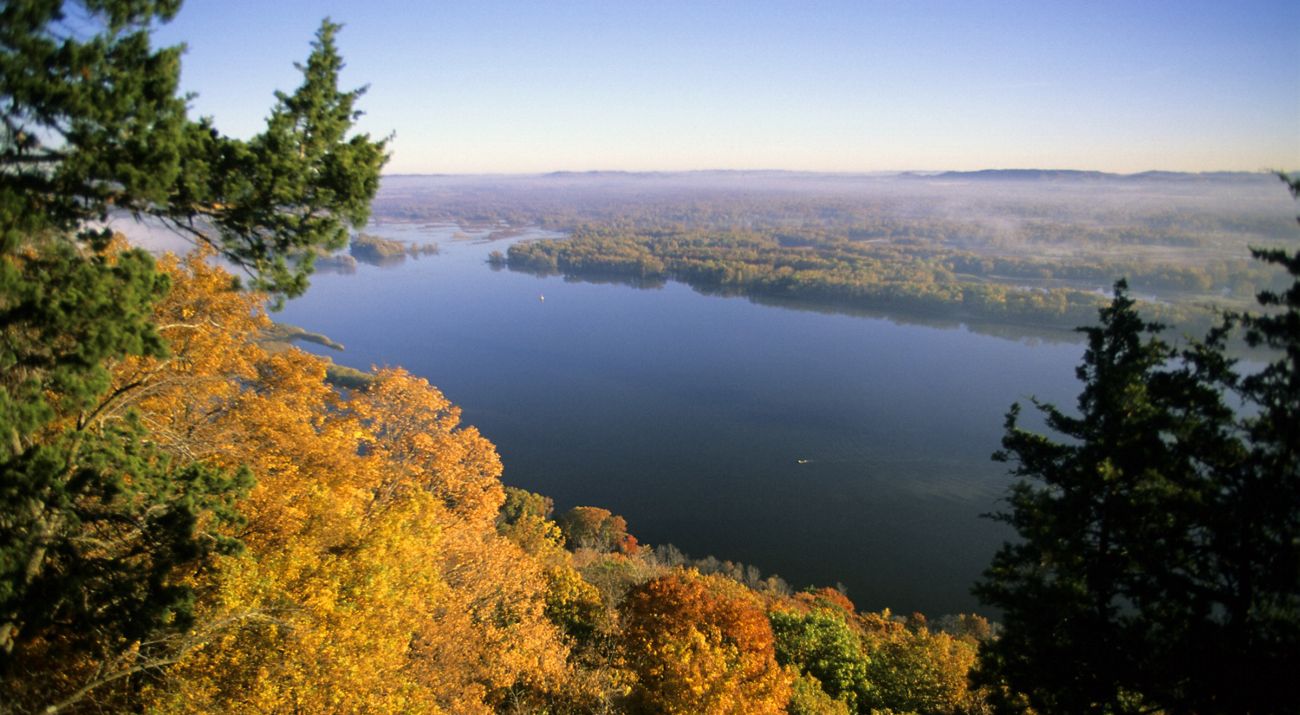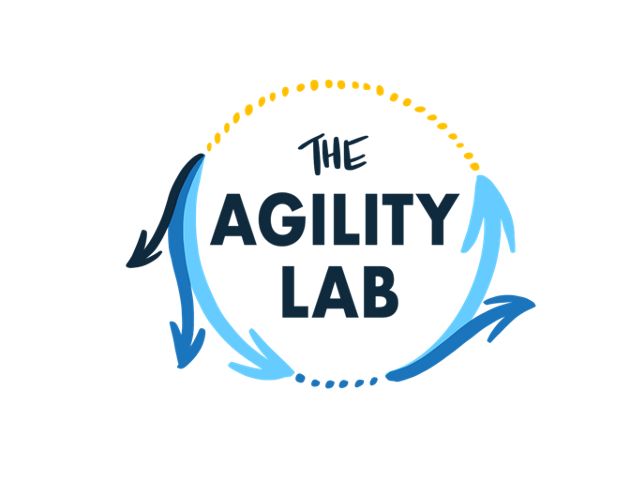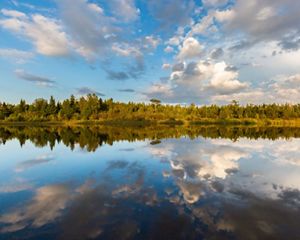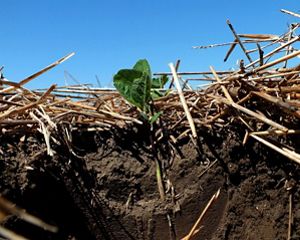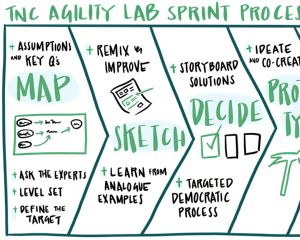In conservation, we have difficult moments where we have to take a look at our projects that we’ve been working hard on and say, “do we know if this is working?” An even more difficult situation is when you have to also ask that question to your partners on the projects and hope they aren’t offended.
When it came time for our team at The Nature Conservancy to ask the hard question, we enlisted the help of The Agility Lab for a facilitated sprint. We invited key individuals from our partner organizations, including large government agencies, and asked the question, “is the current monitoring network in the Mississippi Basin providing the information necessary to indicate if we are making progress on the nutrient reduction goals for the Mississippi Basin?” While we already thought we knew the answer, we were surprised our partners quickly agreed on a resounding, “no, it’s not sufficient.”
This question set the stage for the rest of our sprint in The Agility Lab.
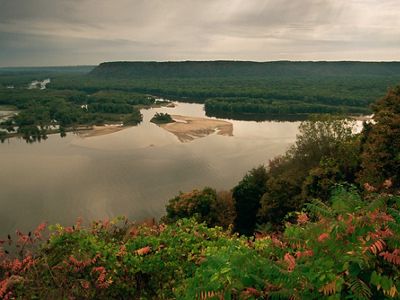
From there, our facilitator helped us collaboratively work through laying the framework for a fully functional monitoring system for the Mississippi Basin in five years—answering, “what do we need to do to get there and can we actually do it?”
Our facilitator helped us collaborate with our partners to begin identifying all the levers we would need to pull to make this project happen. We were then put into teams surrounding each lever to focus on developing next steps. With this, we collectively developed a diagram to help us map the framework, which then allowed us to develop a presentation on our proposed pathway and solution by the end of the sprint.
In just a matter of days, we were able to lay the groundwork for this project, identify the pathway, and do it in a collaborative way that involved the critical partners we would need to make this happen. The framework has allowed us to also set up multiple test projects, giving us even more information and sending us down the road much faster than our predicted timeline.
With the presentation we developed in the sprint in combination with the recent test projects, we have been able to quickly develop many additional relationships, including with the U.S. Geological Survey. Both technical and advocacy partners are critical to designing what such a system would look like and acquiring the funding needed to make the project a success.
After the sprint, the project has gained traction much more quickly than we ever could have imagined. The partnership has even broadened to include over 17 partners who are actively working to advance this work and the list is growing by the month.
The project continues to move at a sprint pace. A key learning from this is the value of having a facilitator on the project when there are so many important partnerships and moving parts.
We were bold and asked the hard question in the beginning of the project—even to our partners. Now, with the help of the facilitation within The Agility Lab, our project has incredible momentum and we are on a great track to achieving our five-year goal.
